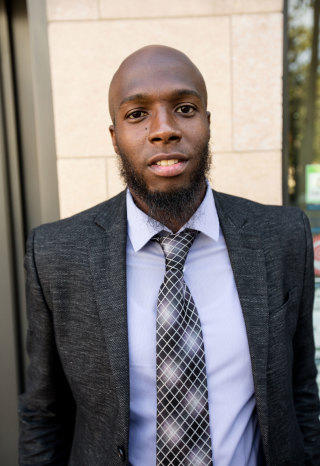I grew up around the corner from Walter Reed Army Medical Center, in Washington, D.C., which housed the small but remarkable National Museum of Health and Medicine. The musty place hosted a steady rotation of surreal exhibits—conjoined twins in a jar, artifacts of early campaigns to stop sexually transmitted diseases—but the focus was the history of battlefield medicine, which meant, most of all, wartime efforts to treat gunshot casualties. Early Army doctors mined the medical files, photographs, physical specimens, and battlefield accounts of veterans for intelligence about what could keep more soldiers alive next time, or help get the wounded back to the fight. During and after the Civil War, museum staff gathered anecdotes of firearm deaths and data from survivors of war traumas and compiled this information into a six-thousand-page, six-volume illustrated series that the museum calls “an unprecedented effort to learn from the wounds and maladies of war.”
I’ve been thinking about this early fascination with survivors, in part because, today, our approach to gun trauma mostly centers on the dead. There’s a reason that we say the names of each fresh loss: Michael Brown, Rekia Boyd, Clementa Pinckney, and the others who died in the Charleston church shooting, in June—the hundreds of thousands of Americans whose lives have been cut short by violence in all its forms. But we might also train our eyes to see the long haul of those who survive. Eighty per cent of gunshot victims return home. An overwhelming number are young men of color; in New York City, in the first half of 2012, ninety-six per cent of gunshot victims (fatal and nonfatal) were black or Latino. It would seem obvious that the firearm targets to whom we’ve finally begun attending, in death, ought to be equally worthy of our curiosity in life. Yet the fates of survivors have largely not been part of our ongoing reckoning with criminal justice policy and gun violence.
[For more of this story, written by Sarah Stillman, go to http://www.newyorker.com/news/.../black-wounds-matter]




Comments (0)